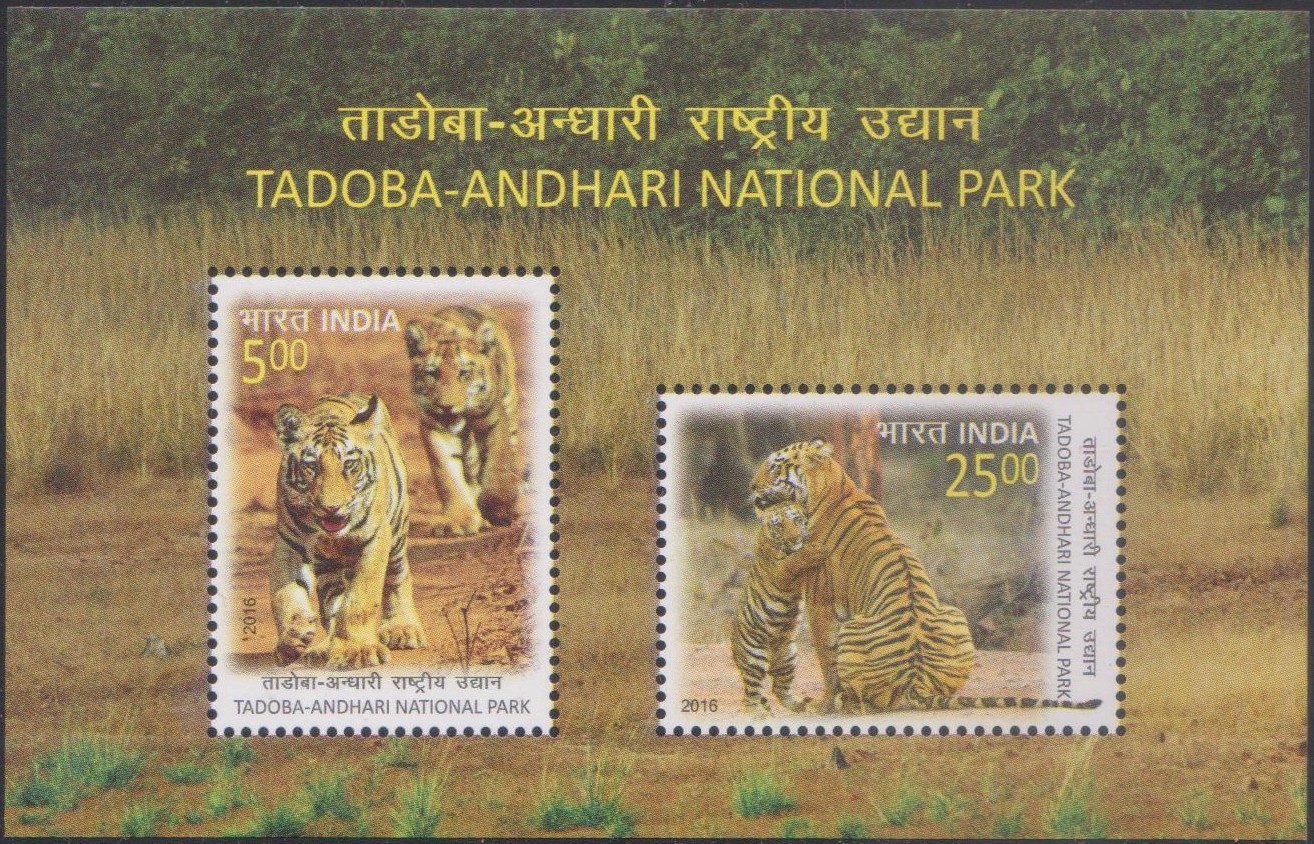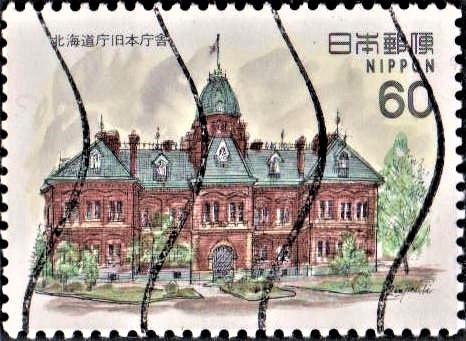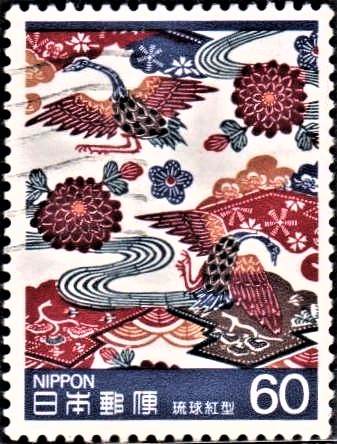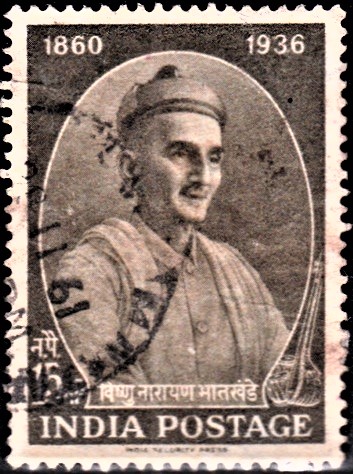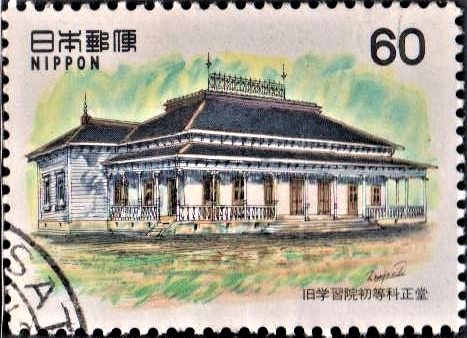
Japan National Treasure Series III
Complete set of 2 commemorative postage stamps on the National Treasure Series No. 3 :
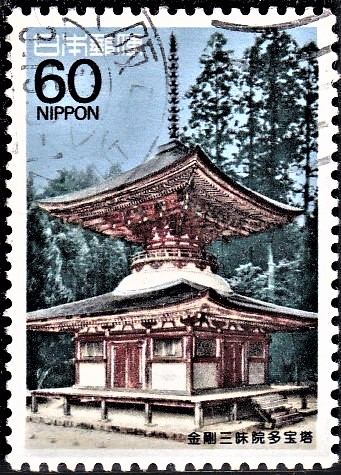
 Issued by Japan
Issued by Japan
Issued on Feb 12, 1988
Issued for : A 60-yen and a 110-yen stamps were issued on February 12, 1988 as The National Treasure Series III.
Colour : Multicolour
Type : Stamps, Postal Used
Denomination : 60 & 110 Yen
Stamp Size : 35.5 mm x 25.0 mm (60 yen) and 42.0 mm x 30.0 mm (110 yen)
Quantity Issued : 33,000,000 (60 yen) and 22,000,000 (60 yen) stamps
Perforation : 13 (60 yen) and 13½ (110 yen)
Printing Process : Photogravure (60 yen) and Photogravure & Engraved (110 yen)
About :
- Kongo Sanmai-in Tahotoh is known as a work of the Kamakura Era. It is a very old and important historical structure, only second in age to Ishiyama-Dera Tahotoh which was built in the early Kamakura Era. Its structure as a Sangen Tahotoh is well-balanced and has a great structural stability. The components of the structure are well preserved and the interior color as well as the Buddhist pictures in particular are still distinct and vivid. The tower also houses Gochinyorai (an important cultural asset).
- Ekoh-Dohji statue is the principal image of Kongobuji Fudodo. It is one of the eight wooden Dohji statues (they are known as the messengers of Fudoh–myo–oh) that stand under the command of the wooden Fudoh-myo-oh sedentary image (an important cultural asset). It is known as a work by Unkei in Kamakura Era. The statue has joint work of Japanese cypress, with the head and the torso being of separate pieces, and has Gyokugan eyes (crystal balls as the eyes of the image). Ishiyama-dera Tahotoh had been a postage stamp design twice before, for the 80-sen stamp and the 4-yen stamp issued on May 21, 1951 and July 10, 1952, respectively. Of the eight wooden Dohji statues, Seitaka–Dohji was designed for the stamp issued on June 27, 1977 as the Second National Treasure Series IV, while Eki–Dohji was designed for the 300-yen stamp issued on April 3, 1984.
Subscribe
Login
0 Comments
Oldest


